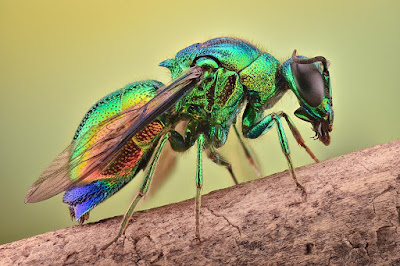Neatness is Christmas themed this week as we visit inside the ass. And after your journey deep into the ass you'll be forever changed, question why you never did it before, and you might even consider drinking ass milk straight from the source. How neat is that!
As I alluded to previously the NAOTW this week is the original beast of burden, also known as the burro, jackstock, donkey and fittingly the animal that carried Mary and Joseph into Bethlehem on December 25th before the birth of the second most famous Jew behind Barbara Streisand, Jesus. Merry Christmas!
The donkey is a super neat creature that doesn't get much credit. But let me tell you, I am definitely an ass man. Asses have an incredibly good memory - they can recognize areas they were at, other asses they were with and a bad batch of Indian curry up to 25 years before. That's a smart ass!
All asses originate from the desert and are all descendants of the African Wild Ass, which is critically endangered. It is our duty as preservers of the neatness to protect, covet and cherish the Wild Asses that we still have left on this planet. Because food is scarce in the desert, donkeys utilize 95% of what they eat on account of their tough digestive system that can break down inedible vegetation and extract moisture from food more efficiently than other mammals. They do this primarily through hind gut fermentation, microbial action in the cecum and large intestine, a decrease in the rate of renal urea filtration combined with an increase in the fraction reabsorbed and the ability to recycle nitrogen in the gut. Thus ass manure is not a very good fertilizer with little nitrogenous contents.
Donkey's ears are neat because they allow them to hear the call of another donkey nearly 60 miles away. Their large ears also prevent asses from getting too sweaty and act as a vent for ass heat to release.
Finally, we get to the main event: ass milk. You might be thinking at this moment, "Max, I've never thought about drinking ass milk and as far as I know none of my friends drink ass milk. It seems foreign and backwards and what would my parents or coworkers say if they found out." That's a natural reaction to the prospect of chugging down on some ass milk but let me tell you ass milk is the best substitute for human milk for its context in lactose (sugar), proteins, minerals, and omega-3 fatty acids. If that wasn't enough to convince you to try ass milk research has also shown that ass milk my be useful in the prevention of atherosclerosis, treatment of immune related diseases, act as an effective antimicrobial agent, AND Cleopatra bathed in ass milk every damn day.
Merry Christmas everyone and I hope you preserve and spread the neatness this holiday season














